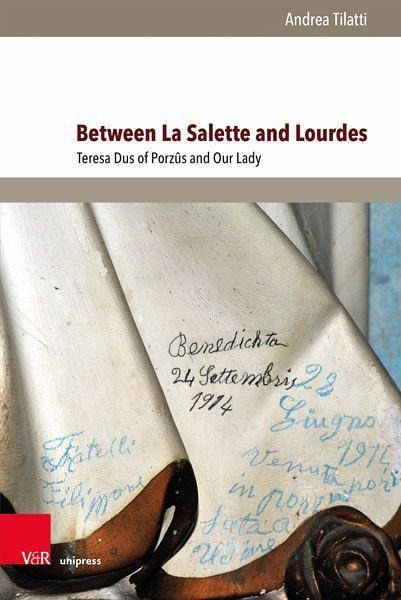Nicht lieferbar

Between La Salette and Lourdes
Teresa Dus of Porzûs and Our Lady
Versandkostenfrei!
Nicht lieferbar
In September 1855, Teresa Dus, a Slovenian-speaking ten-year-old girl, saw the Virgin Mary in Porzûs. The apparitions began a devotion among the Slovenian population on the border between the Italian and Slovenian ethnicities and cultures. The ecclesiastical authorities of Udine took the child, locked her in a religious house and extinguished the devotion. The context was marked by a cholera epidemic and by the "national" and pan-Slavist problem, exacerbated by the Crimean war (1853-1856). Devotion to the Virgin had had an international flowering "from below" (La Salette, 1846), followed by t...
In September 1855, Teresa Dus, a Slovenian-speaking ten-year-old girl, saw the Virgin Mary in Porzûs. The apparitions began a devotion among the Slovenian population on the border between the Italian and Slovenian ethnicities and cultures. The ecclesiastical authorities of Udine took the child, locked her in a religious house and extinguished the devotion. The context was marked by a cholera epidemic and by the "national" and pan-Slavist problem, exacerbated by the Crimean war (1853-1856). Devotion to the Virgin had had an international flowering "from below" (La Salette, 1846), followed by the proclamation of the dogma of the Immaculate Conception (1854). The dogma was then "sanctioned" by the apparitions of Lourdes (1858). The Porzûs affair is investigated in this international context.














